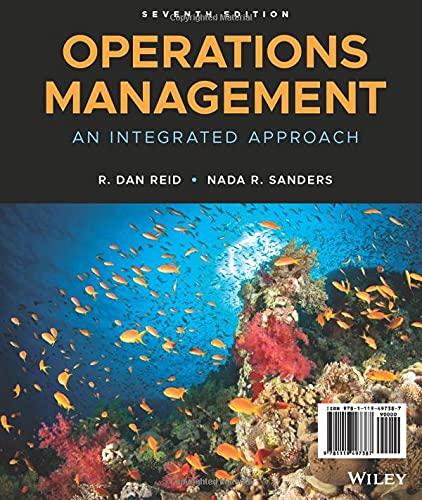Question
There are many different methodologies or ways to complete projects. Project management methodologies fall into five broad lifecycle categories. What are the key criteria for
There are many different methodologies or ways to complete projects. Project management methodologies fall into five broad lifecycle categories. What are the key criteria for determining which lifecycle to employ for a given project? Why?
Response: Selecting the appropriate project management life cycle is a critical decision that can significantly impact the success of a project. The key criteria for determining which life cycle to employ depend on several factors:
1. Project Characteristics: The nature and complexity of the project play a crucial role in choosing the life cycle. Projects with well-defined requirements and a clear scope may benefit from a predictive or waterfall approach, while projects with evolving requirements or high uncertainty may be better suited for adaptive methodologies like Agile.
2. Stakeholder Preferences: Understanding the preferences and priorities of stakeholders is essential. Some stakeholders may prefer a traditional, plan-driven approach with predictable timelines and deliverables, while others may prioritize flexibility and continuous feedback offered by iterative or Agile methodologies.
3. Risk Tolerance: The level of risk tolerance within the organization and among stakeholders influences the choice of life cycle. Predictive methodologies tend to mitigate risks upfront through comprehensive planning, while adaptive methodologies embrace change and allow for iterative adjustments, which may be suitable for high-risk projects or dynamic environments.
4. Project Goals and Objectives: The goals and objectives of the project, including the desired outcomes and deliverables, inform the selection of the life cycle. Projects focused on delivering a predefined product or service may benefit from a sequential approach, whereas projects aimed at innovation or rapid time-to-market may require an iterative or incremental life cycle.
5. Organizational Culture and Capability: The organizational culture, maturity level, and existing capabilities in project management practices also influence the choice of life cycle. Organizations with a history of successful traditional project management may continue to prefer predictive methodologies, while those embracing change and agility may adopt adaptive approaches.
In summary, the key criteria for determining the project management life cycle include project characteristics, stakeholder preferences, risk tolerance, project goals, and organizational culture. By carefully evaluating these factors, project managers can select the most suitable life cycle to optimize project outcomes and mitigate potential risks.
Does the response answer the question, if so how give examples if it doesn't how can it be made better.
Step by Step Solution
There are 3 Steps involved in it
Step: 1

Get Instant Access to Expert-Tailored Solutions
See step-by-step solutions with expert insights and AI powered tools for academic success
Step: 2

Step: 3

Ace Your Homework with AI
Get the answers you need in no time with our AI-driven, step-by-step assistance
Get Started


